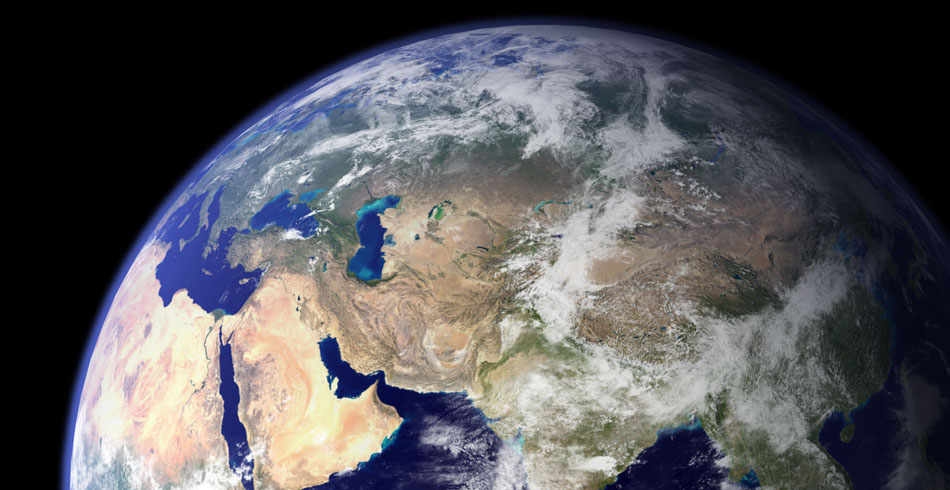Earth Day 2012
Looking back at early environmental movements prior to Earth Day 1970, we see many old ideas returning, particularly attitudes about community, localism, and reaction against globalization. In recent decades the green movement has grown up with the amazing developments in science and accompanied by the inevitable bureaucracies needed to foster change at the scale required by our environmental challenges. The result has been a focus on metrics and technical transformations within conventional market economies. In contrast, movements leading up to the first Earth Day were centered around philosophical and cultural transformations. I am referring to the utopian and ecological movements that started with John Muir, Ruskin and Thoreau, the Back to the Land movement, the hippie communal movement, and including anarcho-enviromentalism. Amidst the abundance of current green ideologies one can distill environmentalism into two general schools of thought: The technocratic and the communal. The technocratic espouses mainstream transformations through science, analytics and politics while communal refers to the older mode of grassroots, community and spiritual transformations. It’s E.O. Wilson’s Consilience versus Wendell Barry’s Life is a Miracle; establishment versus subversive; the spectrum between those that believe we will succeed in manipulating nature through science to those that believe there is something intrinsically good about humanity and unknowable in nature.
Current sustainability ideals have lost much of the rebelliousness epitomized in the pre Earth Day era by people like Aldo Leopold, The Farm, the Merry Pranksters, or the Nearings, who chose unconventional paths. There were also analogous revolutionary movements in design with Black Mountain College, Bucky Fuller’s “Spaceship Earth”, Drop City, Jane Jacobs, Arcosanti, and later on Christopher Alexander’s “Pattern Language” theories. These people approached environmental problems with artistic inputs and the deconstruction of societal norms.
The specter of catastrophe and intense focus on environmental metrics, bogged down in debate and politics, do not appear to be compelling enough to cause the transformations we need, and I wonder that if as a people we re-emphasized the older humanist ideals espoused by the communal movements: caring for one another, schooling our children, doing meaningful work and creating meaningful jobs, consuming less, and re-establishing age old patterns of stewardship. By rebuilding our commons, perhaps we would have less need to regulate in the first place.
Now we see many of the values of old returning: the value of real work, hand craft and “making”, experiential learning, collectivism, and the rejection of the political center.
People are taking back communities both rural and urban, forging neighborhood bonds, and taking responsibility for their own wellbeing. People are growing small businesses in unexpected places, developing local economies, creating goods that are unique and place specific. These can be healing and regenerative like the urban farms in Oakland and Detroit, civic and transformative like burgeoning bicycle infrastructure in many major cities, or cosmopolitan like the locavore crazes in San Francisco and Portland.
In the spirit of this humanistic revival EHDD has evolved. Our sustainability practice has generally focused on innovative building solutions and research. Now, our urban design studio allows us to foster environmental change at larger scales and in places, like India, where the need for thoughtful urbanism is most needed.
Sadly last year saw the close of the NASA Space Shuttle program, conceived around the time of the first Earth Day. One of the great successes of NASA’s recent space exploration is their Earth Science mission which is revealing the earth’s natural patterns, looking in instead of out. It is fitting that a NASA image of the earth from space came to symbolize the environmental movement. With our selection as executive architect for the California Science Center Air and Space Center – which will house the Space Shuttle Endeavour – EHDD will be at the table as the environmental movement enters its next phase.
Closer to home and channeling our inner localista we are creating tighter bonds within our community. We have hosted artful gatherings and are investigating the creation of a “parklet” near our office. We have volunteered at local food banks and are always looking for new outreach opportunities. We are also participating in the Climate Ride in September – a 350-mile bicycle ride to raise money for environmental organizations.
It is compelling to think that a good idea is a good idea no matter where it comes from and when it comes to sustainability more is better; that communal ideals benefit the technocratic and vice versa.
At EHDD we don’t just ride our bikes to work, we ride them across California! Happy Earth Day!
Andrew M. Sohn AIA LEED® AP BD+C
Senior Associate
